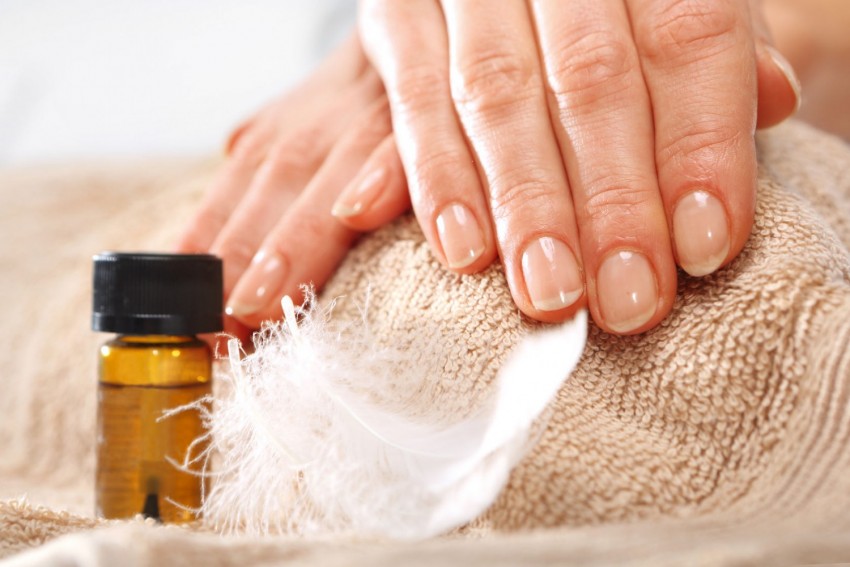Nails are a part of the body that we take for granted. For most people they are beaten up, chipped and neglected. It makes you question what are the actually there for? Do they have a use or are they a primitive part of the human body?
Nails are made up of 3 sections these are:
- The Matrix- this is the part of the nail embedded under the skin. This is where all the cells of the nail are formed. The nails are made up of rapidly developed keratinized skin cells. Keratin is what gives the nails their sturdy structure. The matrix is described as germinal because it is constantly dividing and producing new nail. Once new nail if formed it pushes the old nail through to the external regions of the nail. The nail that is visible to us is made up of dead keratinized cells which is why no pressure and pain is felt when the nail is cut[1].
- The Cuticle- This is is visible to the eye and is found at the base of the nail, commonly referred to as the nail root. It is the thin, shiny and hard line surround the base of the nail. Only a small portion of it is visible the rest is connected to the Matrix. This is also made of keratin. The cuticle is used as a protection of the nail as it grows, when the nail is fully grown the keratin is hard, but at first it is soft and easily damaged, the cuticle serves to protect this.
- The Lunula- This is also visible and is the white semi-circle at the bottom of the nail. These do not always occur, so do not panic if you don’t have them on every nail. These are actually just an extension of the matrix.
Nails tend to take 3-6 months to grow, whereas toenails take three to four times as long, at 12-18 months [1,2] The average growth of a nail per day is 0.1mm, that’s approximately 3mm a month.
What is the purpose of a nail?
Typically, mammals have claws, but our nails are one of the only things that differentiate primates from the rest of the mammals. Since losing the need to climb and navigate jungle forestry we have lost the need for claws, hence why flat nails developed. Flat fingertips and nails are ideal for grasping which is what we now use these for. Additionally, nails are great windows into people’s states of health. Malnutrition can be depicted in the shape, texture and colour of a person’s nail [3].
Problems with the nail
These can occur from excessive breakage, use of harsh chemicals or soaps, and fluctuating temperatures. Diseases and disorders that can affect the nail, include:
- Ingrown toenails
- Fungal nail
- Paronychia, bacterial infection
- Onychogryphosis, claw or horn nail.
- Psoriasis
Brittle nails can be caused by harsh chemicals, damage, or a nutrient deficiency such as Biotin (B7). Discolouration of the nail could be caused by swelling, Tuberculosis, thyroid inflammation or jaundice. White nails may be a clinical sign of malnourishment or diabetes. Thickened or horned nails may be caused by psoriasis or arthritis. Indented or ‘spoon nails’ are typically caused by iron deficiency [4].
Nutrients for Nail Health
Biotin, according to the European Food Standards Agency (EFSA) has been approved to claim that it maintains the health of the nail. Biotin is scientifically known as Vitamin B7 but is almost always referred to as Biotin. Great sources of Biotin are wholegrains, nuts, oats, eggs and salmon. A study showed a 25% increase in nail plate thickness for patients that received Biotin supplementation[5].
Zinc and Selenium have both also been proven to maintain normal nails according to EFSA. Zinc is required for the production of proteins in our body. A deficiency in this effects all areas of the body that require these proteins, including nails [6]. Whereas Selenium acts as an antioxidant and promotes nail suppleness, and it promotes growth of proteins.
Other Tips for Healthy Nails
- If you are a nail biter distract yourself by occupying your hands (knitting or typing) or by chewing gum.
- When cleaning, or using any strong detergents wear gloves as protection to prevent damage.
- When the weather gets cold wear gloves, plummeting temperatures can cause cracks to form.
- Don’t paint your nails too often because this can cause them to discolour.
- Look for a nail specific supplement, make sure it contains atleast one of the following, Zinc, Selenium, or Biotin.
Playing with twisty puzzles is the best way of improving your dexterity and problem solving skills.
- Shoummojit,R. (2012). Nail Matrix. Available: http://www.knowyourbody.net/nail-matrix.html.
- Jamy, C. (2009). Cuticle Care 101. Available: http://health.howstuffworks.com/skin-care/nail-care/cuticle/cuticles.htm.
- Bryner.J. (2013). Why Do We Have Fingernails?. Available: http://www.livescience.com/32472-why-do-we-have-fingernails.html.
- NHS. (2015). Nail Abnormalities. Available: http://www.nhs.uk/conditions/nail-abnormalities/Pages/Introduction.aspx.
- Hochman.LG, et-al. (1993). Brittle nails: response to daily biotin supplementation.. Cutis. 51 (4), Pg. 303-305.
- Diagnose Me. (2016). Zinc Requirement. Available: http://www.diagnose-me.com/symptoms-of/zinc-requirement.php.

